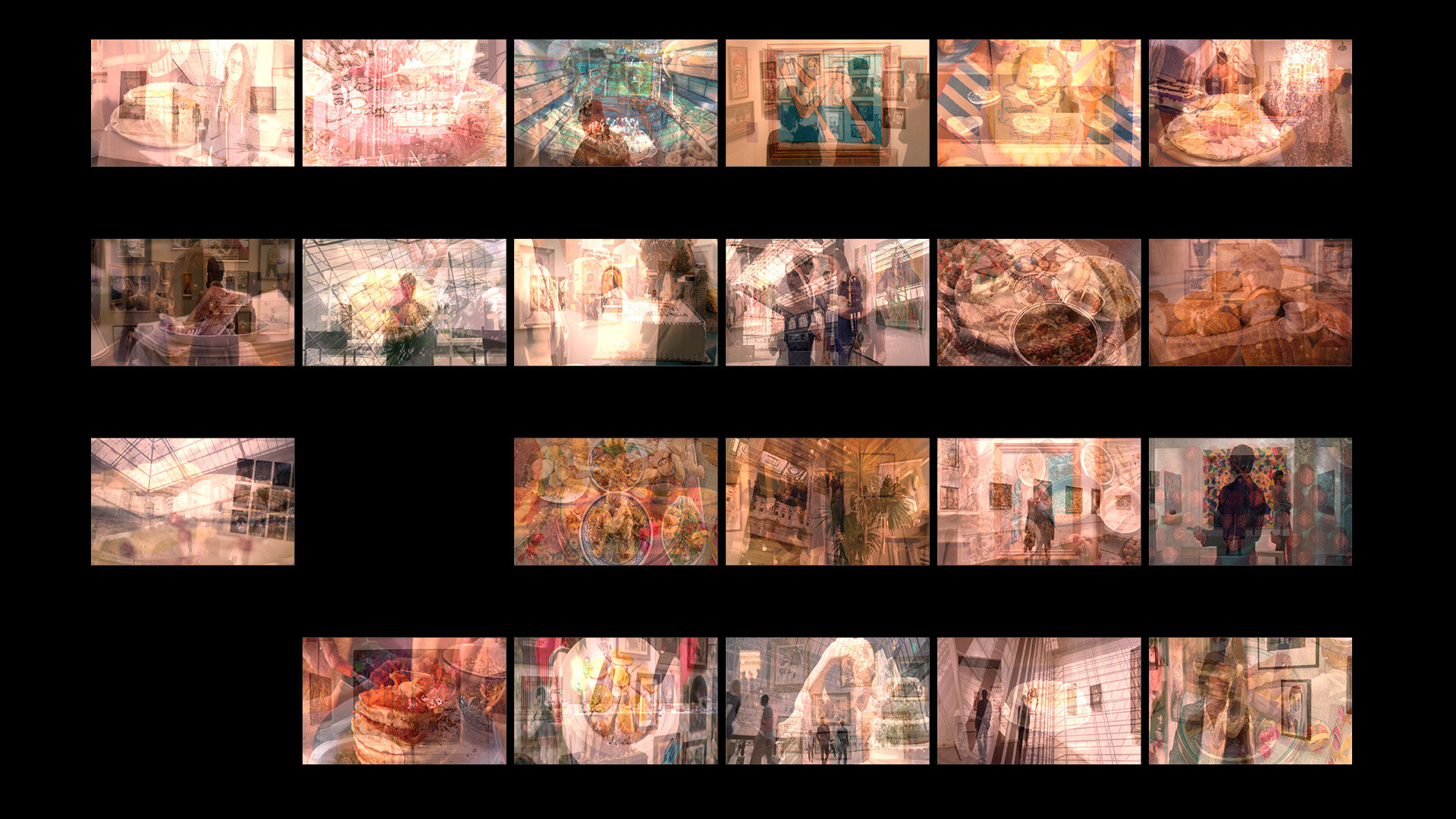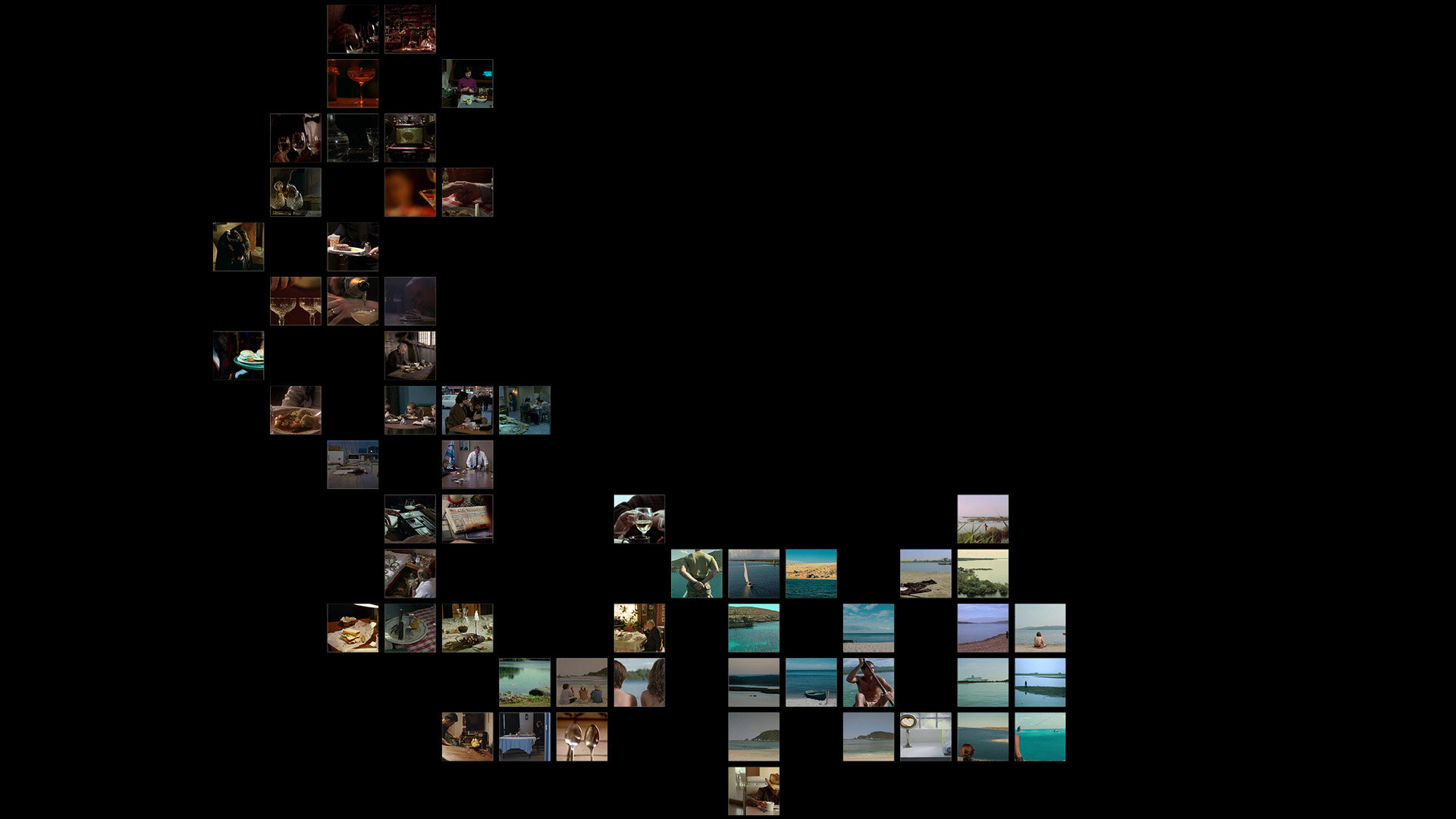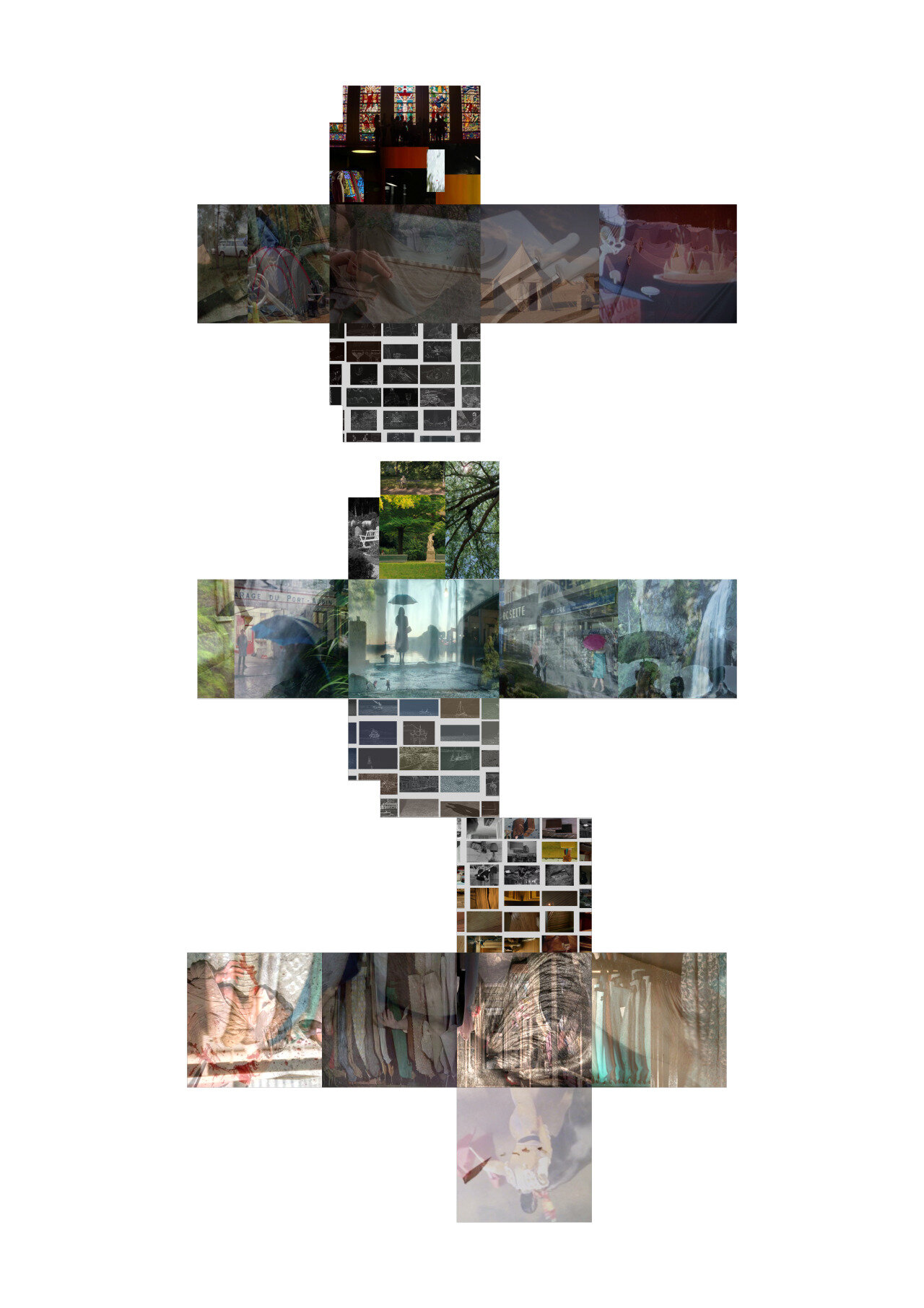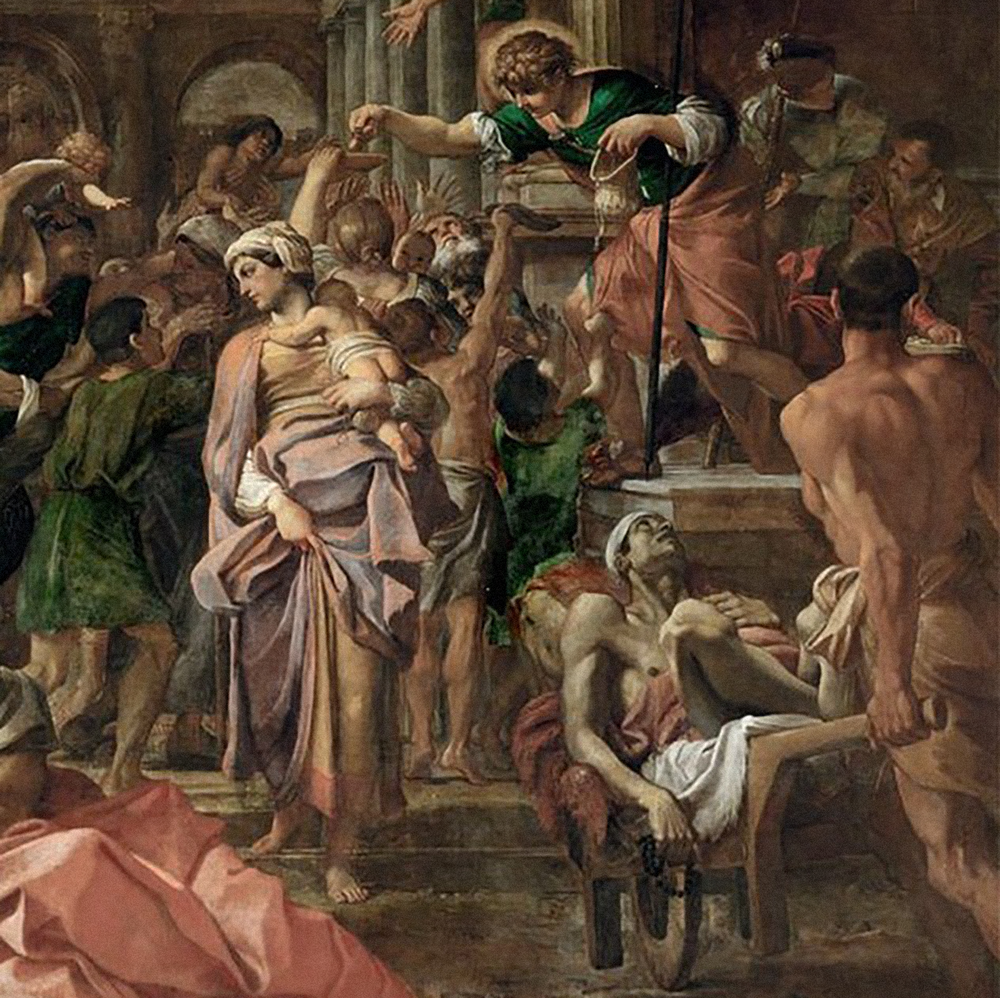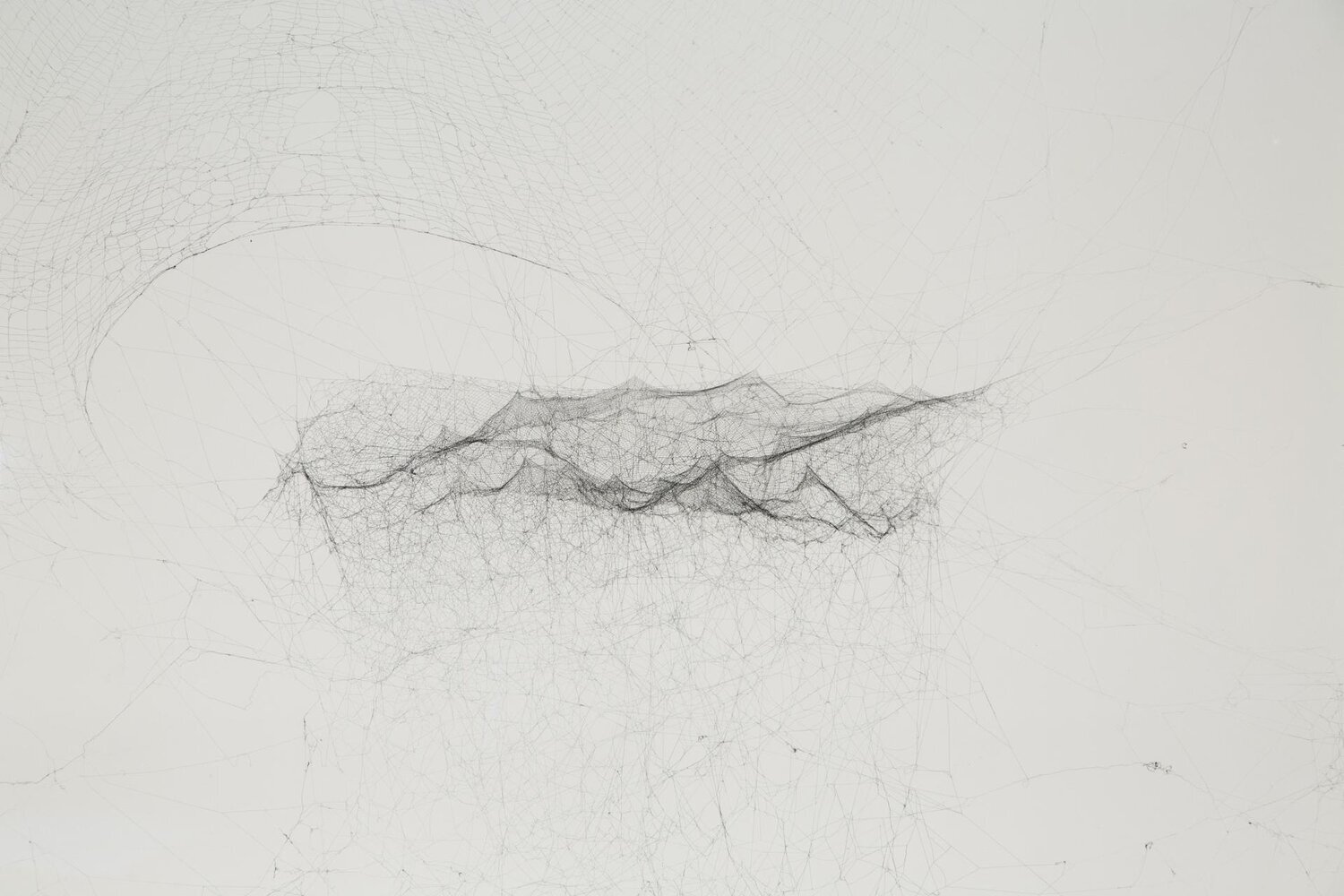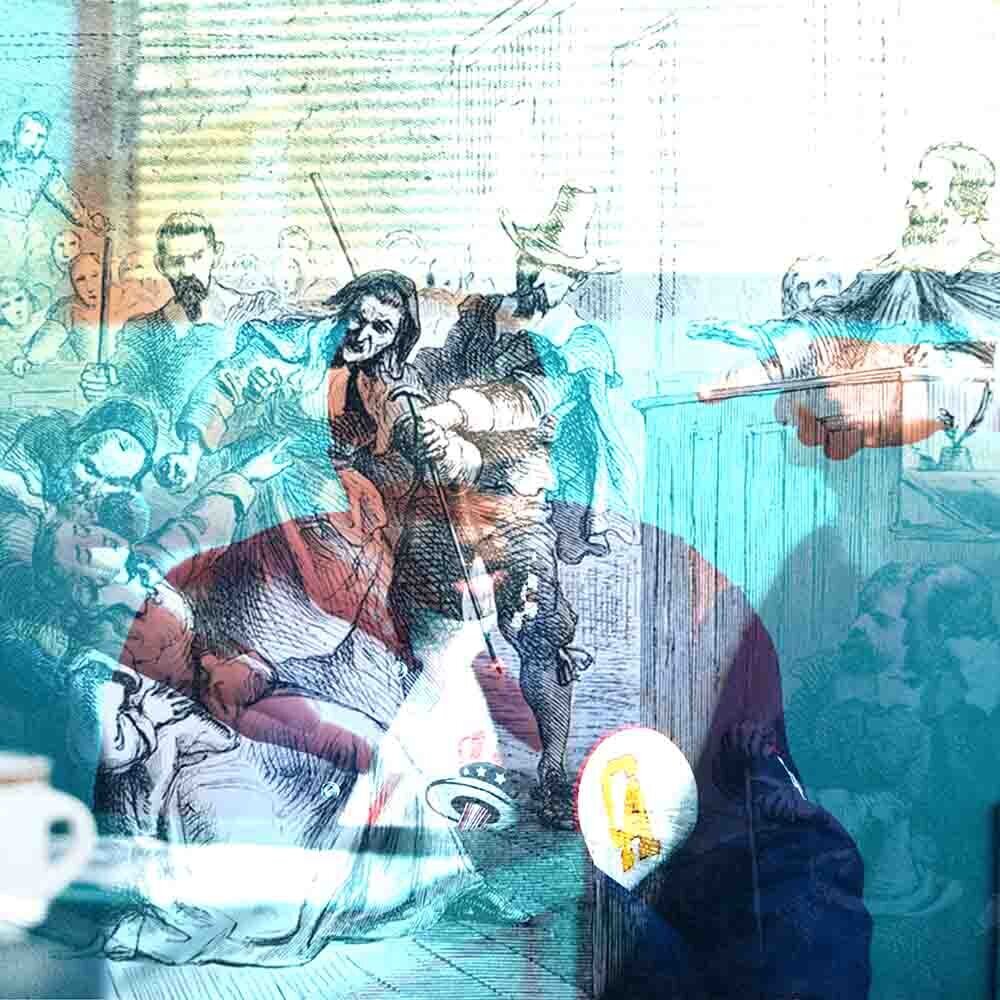SEASON 2
Towards materialized spaces
We have kicked off episode three of the current meteora season. Equipped with stories that inhabit our buildings and dreams that crystallize these dreams of our Freihauses we move towards materializing them and synthesizing them into our existing buildings ins Buenos Aires, Moscow and Zurich. Introducing state-of-the-art software like Quixel Mixer enabled by the Unity Game Engine we are digitality shaping our envisioned realities. By materializing the spatial enclosures of our scenes, enriching them with the condensed narratives, we are setting the stage for life to unfold. Designing the sequence of chambers and focusing on multiple instances per chamber we invoke not only a kind of spatial narrative or storyboard that informs the architectural decision-making, but we tie life more closely to the architectonics we articulate. We see this process not as a linear one, where the narrative creates the architectonics and rests, but as a circular one: a continuous crossing of intellectual bridges towards a precise synthesis embodied in universal architectonics.

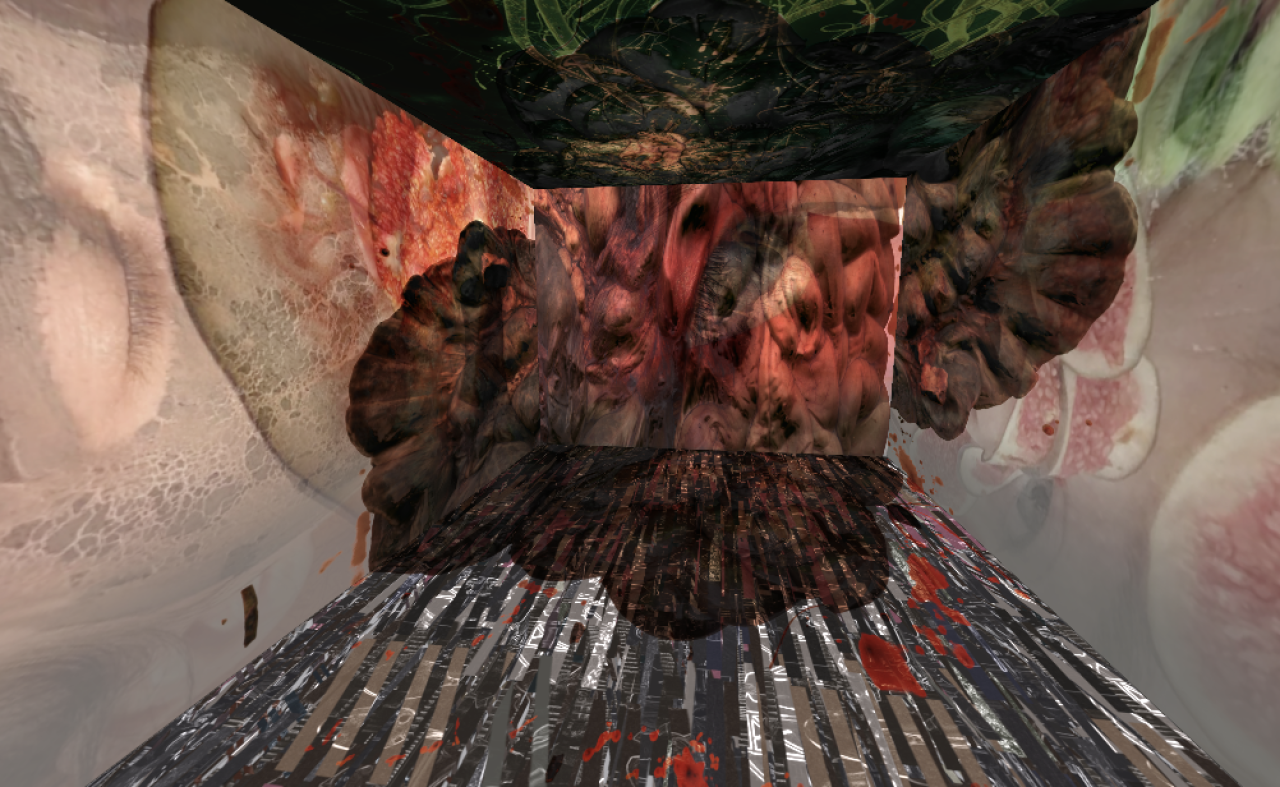







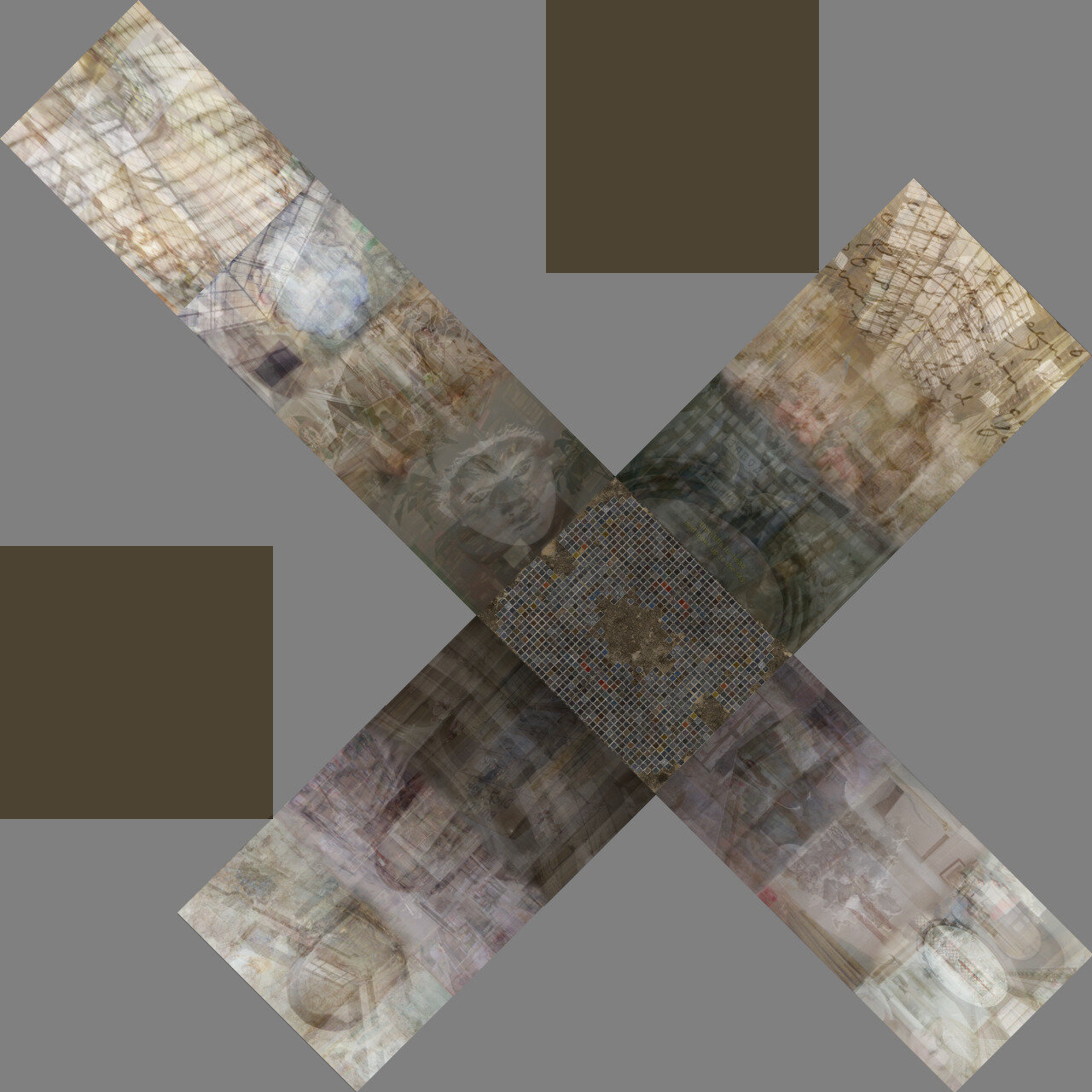



Midterm Episode 2
A tightknit weave of spatial ideas and rituals is crystallizing from the endeavors into the Freihaus. What makes spaces of free thought and speech? What cultural and cognitive foundations come into play, and what are their spatial manifestations? And consequently: What does architecture need to do to set us free in these rituals? Is she enabling, overpowering, loud, clean or soft? The answers are manifold as they are interconnected. Videos carry the dreams of these spaces into the architectural realm, the suggestive grammars of the Eigen-images (that embody multiple readings in a convergence of realities, and thereby offer up a new perspective) charge our ideas with tensions that give the spaces directions. Walls, floors and ceilings become messengers; speakers and mute listeners, witnesses and actors in this play that ties together. THE RESULTS ARE more than idea of program and space unfolding from the plenty. The calm rationale of the coded machine reads and assembles the layered complexity of culturAL RICHNESS WE FEED INTO IT. IT ASSEMBLES FOR US A virtual stack that we can articulate into architecture. We think of this machine as something without emotion IN ITSELF but as something that can be harmonically played. Like an instrument we use it to create, ENGAGING our human faculties tO aligns things, ideas and spaces into a precise and meaningful relationship. AND SO, A new voice arises from the noise that does not intend to drown it out but to embody and embrace it with clarity of articulation - this is how we think of in digital architectonics: Playing an instrument that creates architected order through articulatING and enriCHING the spaces we WANT TO inhabit.
EXPLORE SELECTED BOOKLETS FROM EPISODE 2 IN THE GALLERY BELOW. HEAD OVER TO THE MAIN PAGE FOR THE FULL Panorama OF ONGOING WORK.
FIRST DIRECTIONS OF EPISODE TWO
In episode two we are directing our cinematographic machine, that gives us access to the endless richness of cinema as it encapsulates emotions, dreams, and hopes, fears that let us expand the articulations of spaces into our collective imaginations. We are striving towards composing a canon of floor, wall and ceiling that is talking from our pasts, presents and imagined futures. With the creation of atlases, dreams, and related icons or protagonists we are now charging our primary elements of architecture with meaning and constitute them in a certain direction. We give the floors, walls, and ceilings substance while we imagine and weave functions and programs into them as a general direction that sharpens our articulations of these new spaces. The atlas spans a panorama of atmospheres, feelings and procedures that introduce a spatial sequence or dramaturgy while the dreams generated from the library give each chamber a mood, program, and atmosphere that are then enriched with our protagonists (from our texts) that talk to us and bridge the barriers between the real and the imagined.
